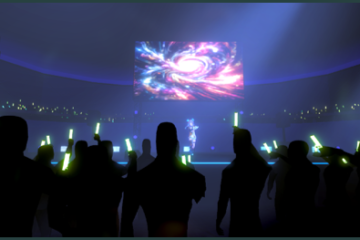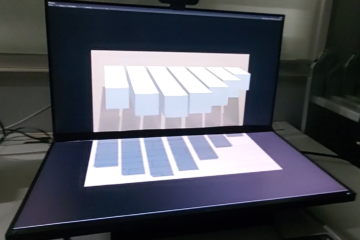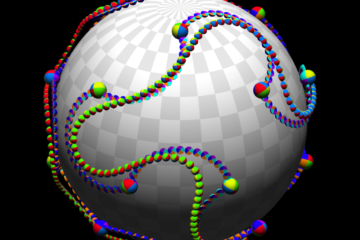With the advent of the high-performance graphics and networking technologies that enable us to create virtual worlds networked via the Internet, various virtual environments have been developed to support mathematics education at around the beginning of the 21st century. In the environments that have been inherently two- or three-dimensional Euclidean, students have discovered and experienced mathematical concepts and processes in almost the same ways that they can do in real life. Although elementary mathematics, for instance, calculus and linear algebra, plays an essential role in areas of understanding and knowledge to solve real-world problems, there are traditionally three general areas in pure mathematics for advanced problem-solving techniques: algebra, analysis, and geometry. So, using Virtual Reality (VR) as a general and advanced tool for mathematics education to support students not only in the primary and secondary, also in higher education, the virtual environment ideally provides a wide variety of mathematical domains as possible. We present an immersive virtual environment that allows the user to set environmental limits beyond three-dimensional Euclidean space. More specifically, by setting the limits to n-dimensional complex projective space, an element of both complex and infinitely distant domain can be naturally visualized as a recognizable form in the Euclidean 3-space. The problem here is that the higher the level of mathematics, the more the visualization method tends to become abstract that only experts with advanced degrees can fathom. We also show how our figurative approach is essential for bridging the gap between elementary and more advanced mathematical visualizations.




0 Comments